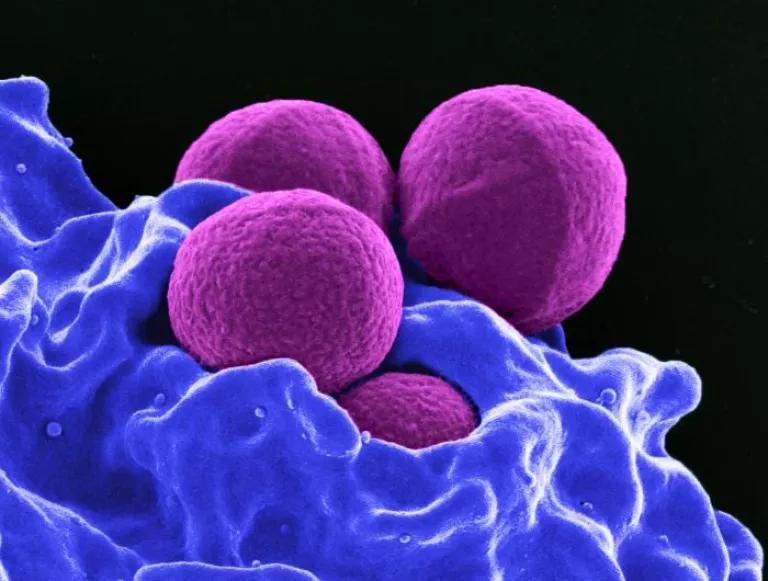Antibiotic Resistance & Climate Change: A Dangerous Duo

It’s no secret that climate change already poses a plethora of threats to the health and wellbeing of Americans, from increasing heat-related illness and death, to worsening extreme weather events like hurricanes and flooding, to expanding the previous range of mosquitoes and ticks that carry Lyme Disease, West Nile or Zika virus, and other diseases. A new study published in Nature Climate Change adds to the list: warming global temperatures caused by carbon pollution could be playing a role in the increasing rate of antibiotic resistance.
Antibiotic resistance is a growing public health crisis in the United States, but this problem has largely been attributed to the over-prescription and use of antibiotic drugs. Routine doses of antibiotics in feed are standard practice in the livestock industry, and up to half of all antibiotics prescribed to people are not needed or are not optimally effective as prescribed. It’s not surprising that outbreaks of antibiotic-resistant infections typically emerge from factory farms, where healthy animals are routinely fed antibiotics to compensate for dangerous conditions, or from healthcare facilities, where antibiotic-resistant bacteria are a major risk. The Centers for Disease Control and Prevention estimate that in the United States, over two million people fall sick each year due to antibiotic-resistant infections, resulting in at least 23,000 deaths.
Could climate change be promoting the evolution of these hard-to-treat bacteria?
It’s long-established that warmer temperatures promote bacterial growth. A number of bacteria, like Staphylococcus aureus, thrive in temperatures between 40 and 140 degrees Fahrenheit—a range often referred to as the “danger zone”. As temperatures around the world continue to rise, bacteria are expected to reproduce at a faster rate, increasing the opportunity for mutation and transmission. This new research estimates that a 10-degree Celsius (18 degrees Fahrenheit) increase in average minimum temperatures across the U.S. could result in a 2.2 percent increase in Staphylococcus aureus antibiotic resistance. In 2017, the U.S. experienced an average annual temperature 2.6 degrees Fahrenheit above the 20th century average. Methicillin-resistant Staphylococcus aureus, or MRSA, already causes 80,000 infections and 11,000 deaths annually in the U.S. alone, so the underlying risk of these bacteria to Americans is already substantial.

The World Health Organization describes antibiotic resistance as “one of the biggest threats to global health, food security, and development today.” A growing number of infections are becoming increasingly difficult to treat with remaining antibiotics; some are already resistant to all of them. While a number of precautions can help reduce this alarming trend, such as limiting misuse of antibiotics in livestock, this study illuminates just one more reason why action on climate change is needed to safeguard our health.



